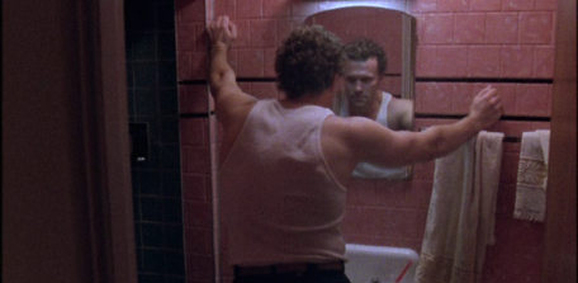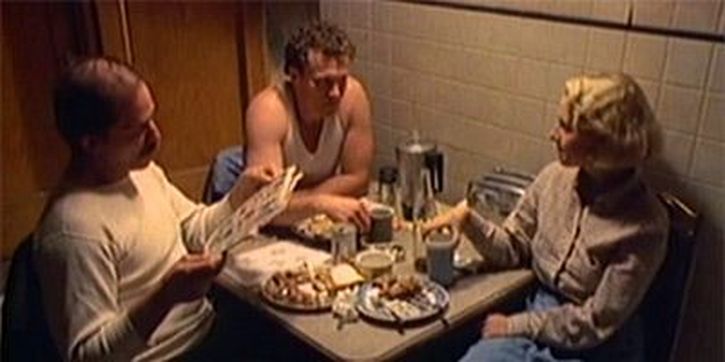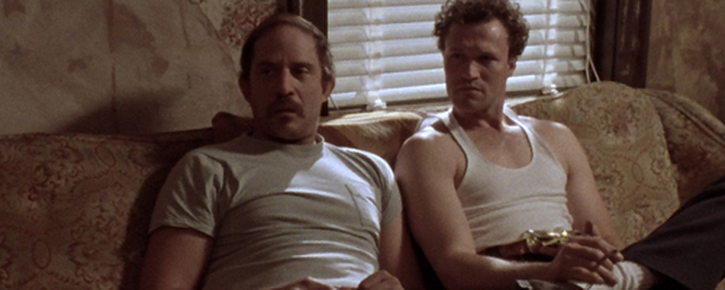 Loosely based on the story of murderer Henry Lee Lucas, John McNaughton's Henry: Portrait of a Serial Killer follows recently released inmate Henry who routinely goes out on the town to study/select his latest innocent victim. Occasionally his roommate Otis joins Henry on their murderous rampages, even going as far to capture the murders on videotape. When Otis' sister comes to stay with them for a little while, we are able to see a different side of Henry, a shy, "boy-next-door" type who takes a liking towards Otis' sister. Henry: Portrait of a Serial Killer is one of the more disturbing and engrossing examinations of mass murderers ever committed to celluloid. One of my favorite films of all time is Gerald Kargl's Angst, which I believe to be the greatest in-depth examination of a sociopath. Henry: Portrait of a Serial Killer is successful in a lot of the same ways, though it focuses more on the detached violence than the mentally-disturbed aspect of Kargl's film. This is not a slasher flick, with violence in Henry being downright clinical, capturing how nonchalant it is for a mass murder to take the life of another. While this is a hard film to watch, it surprised me how little screen violence actually exists, instead focusing on observing the aftermath. The film intentionally holds on these sights of carnage and violence much longer than desirable, forcing the viewer to take in the loss of life and supreme violence capable in the heart of an evil man. My biggest complaint about Henry is that it never really gets into his point-of-view, seemingly always looking at this troubled man from an outside perspective. John McNaughton's Henry: Portrait of a Serial Killer assaults the viewer from start to finish, using abrasive sound design and imagery to create a truly intense exploration of evil.
0 Comments
Leave a Reply. |
AuthorLove of all things cinema brought me here. Archives
June 2023
|



 RSS Feed
RSS Feed
